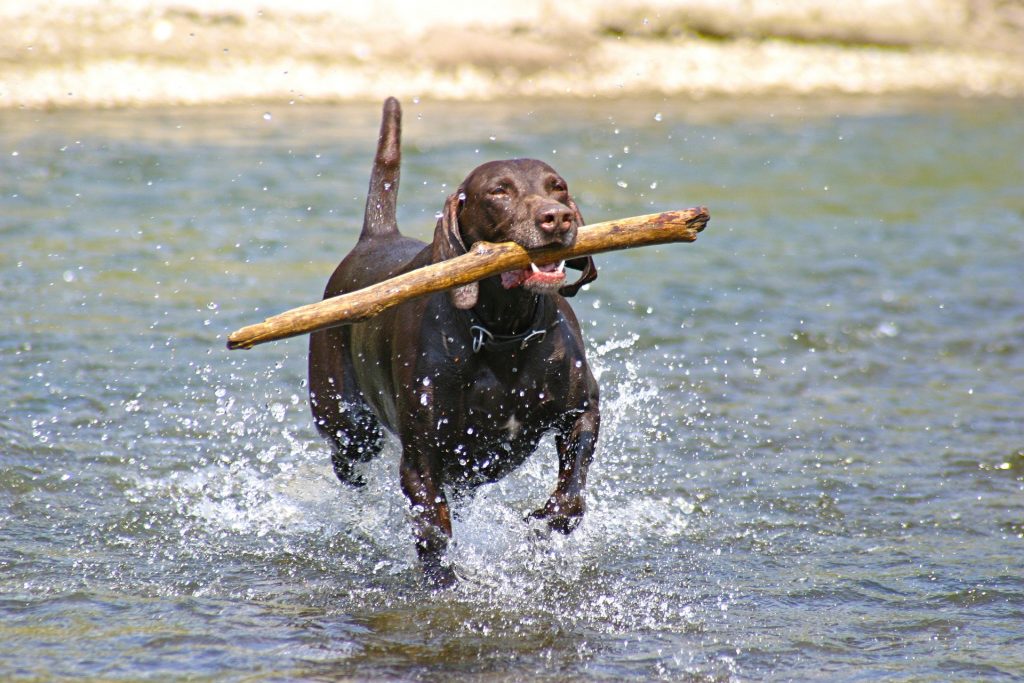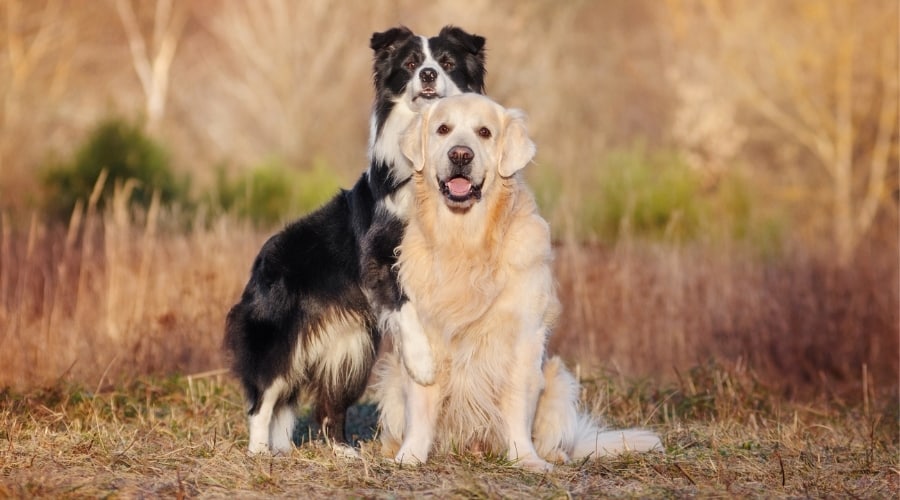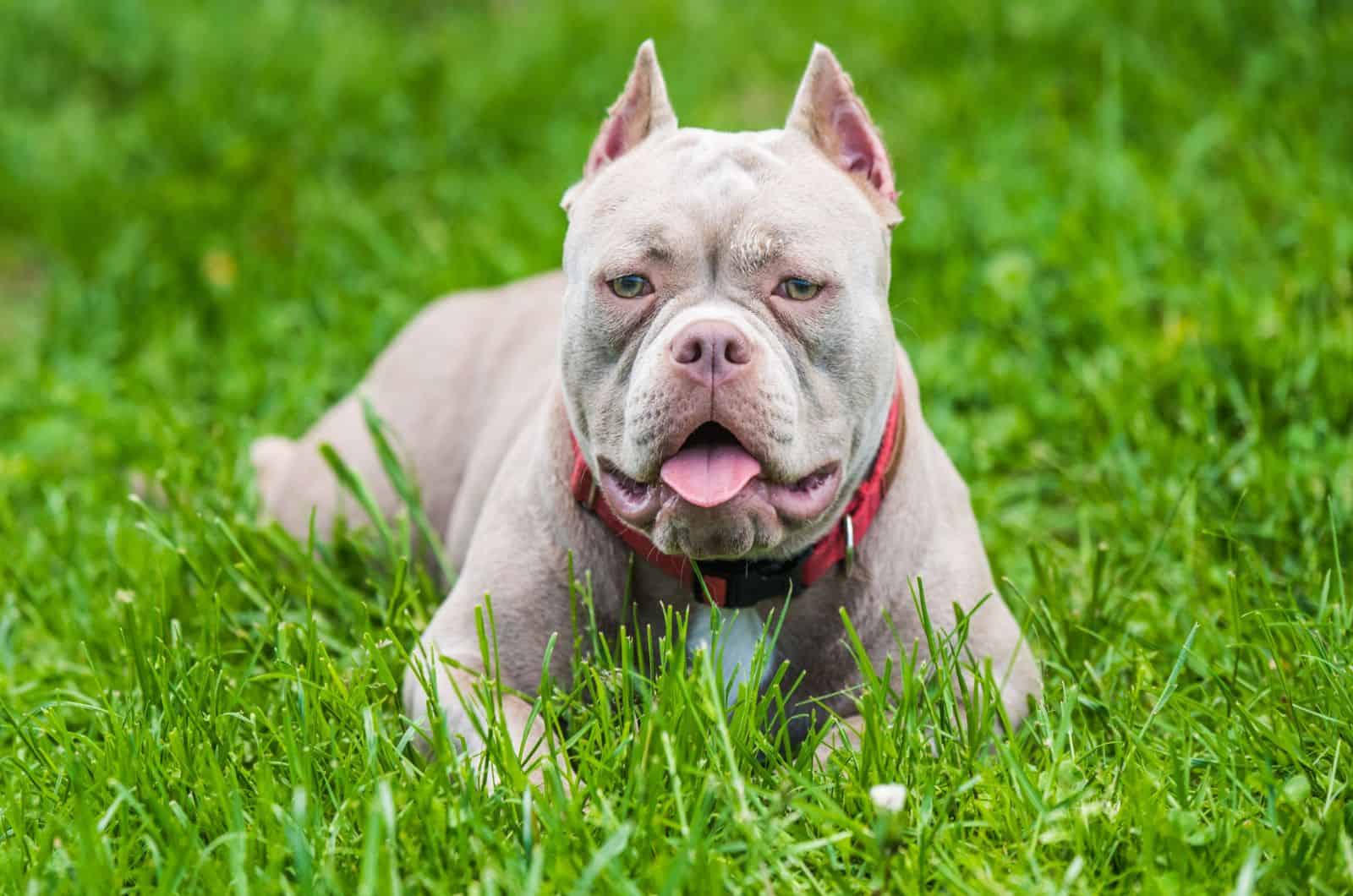
As summer gets closer it’s common for people to wish to spend more time outdoors with their friends, family, and even their pets. Sometimes, however, the heat can become too much for some. Some people wear less clothing and fluid fabrics to keep from being overheated in the heat but dogs aren’t equipped to shed their fur to keep cool. It is crucial for pet owners to be aware of what is way too warm for their pets to be outdoors and to be aware of the symptoms of heatstroke. The risk of heatstroke is very high for dogs, and it can cause death if not treated. It is recommended to take preventive measures whenever it is possible.
What is the ideal temperature for dogs?
Similar to humans are able to adjust for longer periods of time to higher temperatures However if it’s over the temperature of 77°F then you must think about whether your pet has been affected by these temperatures. Temperatures of the pavement can be significantly hotter than air temperatures if they are in direct sunlight without winds and low humidity which is why footpad burns can happen even when the air isn’t feeling so hot. The surface can be between 40 and 60 degrees hotter than the air temperature, and being on the ground that hot could cause burns within 60 minutes.
If the temperature of the ground isn’t an issue any temperature that is greater than the body temperature of a dog is a concern in the short term. Because a dog’s body temperature is usually between 100 and 103 degrees this means that temperatures above 100 degrees can cause problems for your dog even if they’re enjoying the sunshine. If it’s cooler than 100 degrees, and there is excessive humidity, this could cause problems because the humidity blocks dogs from being able to cool themselves by panting. Temperatures and humidity that are high that are in the 80s or 90s can be problematic when your dog is out under the sun for extended durations, particularly when they are exercising.
Overall The more humid it gets and the less hot it is, the less the heat is likely to impact your dog. Your dog might be able to handle more extreme temperatures and higher humidity when it’s standing outside in the shade, but if taking a walk or a run, you’ll have been aware of whether your dog is getting hot. If it’s too hot to stand comfortably under the sun it’s probably too hot for your dog.

How to Know When Your Dog Is Too Hot
There is no definitive and unchanging rule about what is considered to be too hot for dogs, you must be knowledgeable about the signs that indicate your dog is excessively hot. Insane panting and drooling nausea, vomiting, diarrhea an increase in thirst, and glowing tongues and red gums can be the initial indications the dog has become hot. When the body temperature increases and they collapse, stumbling, insanity, and seizures may occur. If this happens, you should seek urgent veterinary attention. Monitoring for these signs can aid you in determining if you’re required to put your dog in an environment that is cooler or if they’re able to remain outdoors. Shade and water will enable both small and big dogs to endure more extreme temperatures for longer durations of time. However, you must still be on the lookout for signs of excessive heat and seek out veterinary attention when needed.
If you’re not certain whether your dog is overheated, you can check the temperature. A thermometer with a digital sensor can be purchased from pharmacies or a drugstore to find out the rectal temperature of your dog. is. If it’s above 100 degrees, move your dog to an environment that is cooler and immediately seek out veterinary help.
Breed Risk Factors for Overheating

Except for a huge breed how big your dog’s body is does not play a major impact on whether or not it can handle the heat however it could play a role. Most dogs of smaller sizes can withstand more heat than larger breeds, but there are instances of exceptions. If the dog is overweight, old, or is a brachycephalic breed that will be more difficult to handle the heat, regardless of dimensions. 1 Additionally dogs with thicker coats may be more trouble keeping cool they are compared to dogs who has thin or short fur.